The human face is a canvas of endless possibility, a landscape where the subtlest line or the lightest shadow can tell a profound story of joy, sorrow, resilience, or contemplation. In the realm of art, pencil portraits hold a special place for their ability to capture not just the physical likeness but the very essence of a person. It’s in the curve of a smile, the depth of a gaze, or the furrow of a brow that an artist finds the keys to an individual’s soul.
“Capturing Emotion: Expressive Portraits with Pencil” is an exploration into the art of bringing these silent whispers of emotion to life on paper.
This blog delves deep into the strategies and techniques essential for drawing portraits that resonate with emotional truth. From the foundational importance of observation to mastering the subtleties of facial expressions and the eyes — the windows to the soul — we will guide you through the nuanced details that convey personality and inner life. It’s about seeing beyond the surface, understanding the anatomy of emotion, and learning how to translate it into your art with sensitivity and depth.
Drawing expressive portraits is not just an artistic endeavor; it’s a journey into empathy, a practice in seeing and appreciating the complex tapestry of human emotion. Whether you’re a beginner fascinated by the potential of a simple pencil to reveal profound truths or an experienced artist looking to deepen your expressive range, this guide aims to inspire and instruct. By focusing on facial expressions, eyes, and those subtle details that make each person unique, we’ll explore how to capture not just a likeness, but a presence.
Let’s embark on this journey together, armed with pencils and an eagerness to uncover the emotional depth that makes each portrait not just a drawing, but a story told in lines and shades.
Credit: TheJulinator on DeviantArt
Chapter 1 The Importance of Observation
The ability to capture emotion in a portrait begins long before the pencil meets the paper; it starts with observation. Observation, in the context of drawing expressive portraits, extends far beyond mere scrutiny of physical features. It involves an immersive engagement with the subject, a deep dive into the subtle undercurrents of emotion and personality that define them. This process of observation is where the artist becomes a detective, looking for clues that reveal the subject’s inner world, their moments of joy, contemplation, or sorrow.
The Significance of Observation
Observing your subject closely allows you to capture not just the contours of their face but the essence of their being. Emotions are fleeting and often manifest in the most subtle of expressions—a slight crinkle around the eyes, a barely perceptible downturn of the mouth, or the faintest furrowing of the brow. These nuances are the language of emotion, speaking volumes about the person’s state of mind and personality. By learning to read and replicate these details, an artist can transform a simple portrait into a vivid, emotional narrative.
Tips on Observing Subtle Details
Take Your Time: Spend time with your subject, if possible, or study photographs closely. Look beyond the obvious features and notice the small details that give their face character.
Look for Emotional Cues: Pay attention to how emotions are expressed through facial muscles. A genuine smile, for example, reaches the eyes, creating crow’s feet at the corners. Sadness can make the eyes appear glassy or lead to a slight droop in the facial features.
Notice the Light and Shadow: Shadows cast by different facial expressions can dramatically alter the mood of the portrait. Observe how light plays off the face during various expressions, adding depth and intensity to the emotions displayed.
Capture Personality Traits: Every face tells the story of its owner’s life—laugh lines from years of joy, furrowed brows from worry, or a steadfast gaze reflecting resilience. These are the details that bring a portrait to life.
Practice Empathy: Try to put yourself in the subject’s shoes to understand the emotions they might be feeling. This empathetic approach can help you capture more than just a physical likeness.
Translating these observations into your drawing requires a blend of technical skill and emotional intuition. By focusing on the unique details that make each face distinctive, you bring an authenticity to your portraits that resonates with viewers. It’s this authenticity that transforms a drawing from a mere representation to a reflection of the human experience, rich with emotion and depth.
Creator: Grzegorz Solecki Arkadiusz Piętak
Chapter 2 Mastering Facial Expressions
Mastering facial expressions is a crucial aspect of creating expressive portraits that truly capture the essence of the subject. This mastery is not just about replicating what you see but understanding the underlying anatomy and the subtle interplay of muscles and emotions that animate the human face. By exploring facial anatomy, focusing on key features, and utilizing light and shadow, artists can depict a wide range of emotions with authenticity and depth.
Understanding Facial Anatomy
The human face is a complex structure made up of numerous muscles that work together to express a vast array of emotions. Key areas to focus on include the eyes, eyebrows, and mouth, each contributing significantly to emotional expression. For instance, the orbicularis oculi muscle around the eyes tightens during a genuine smile, creating crow’s feet, while the corrugator supercilii muscle draws the eyebrows together in a frown. A basic understanding of these muscles and their functions can greatly enhance your ability to depict emotions accurately.
Conveying Emotion Through Facial Features
Eyes: Often said to be the windows to the soul, the eyes are central to expressing emotion. Pay attention to the eyelids, the curve and spacing of the eyebrows, and the size and focus of the pupils. Small details, like a slight squint for suspicion or wide-open eyes for surprise, can make a significant difference in conveying emotion.
Mouth: The shape and curvature of the mouth are pivotal in expressing emotions. A turned-up corner might indicate happiness, while a downturned one suggests sadness. The tension in the lips can also indicate anger or determination. Capturing these nuances requires a delicate balance of line and shading to suggest the lips’ texture and form.
Eyebrows: Eyebrows are incredibly expressive and can dramatically change the perceived emotion of a portrait. Raised eyebrows can indicate surprise or fear, while furrowed brows suggest anger or concern. The position and shape of the eyebrows relative to the eyes are crucial in achieving the desired emotional effect.
The Role of Shadows and Light
Shadows and light play a crucial role in adding depth and dimension to facial expressions. Proper shading can accentuate the contours of the face, highlighting certain features while casting others in shadow to reflect the subject’s emotional state. For example, shadows under the eyes or around the mouth can enhance a look of sadness or fatigue, while strategic highlights can create a more vibrant, energetic expression. The contrast between light and shadow can also emphasize the volume and shape of the facial muscles, making the expression more pronounced and realistic.
To master the portrayal of facial expressions in pencil portraits, artists must blend technical skill with an intuitive understanding of human emotion. Observing real people and practicing drawing a variety of expressions can help develop this skill. Remember, the goal is not just to replicate an expression but to capture the fleeting moments of emotion that give insight into the subject’s inner world. By focusing on the subtleties of facial anatomy, paying close attention to the eyes, mouth, and eyebrows, and skillfully using light and shadow, artists can create portraits that resonate with depth, emotion, and authenticity.
Credit: OsannaChil on DeviantArt
Chapter 3 Focusing on the Eyes
The eyes are arguably the most expressive feature of the face, capable of conveying the full spectrum of human emotion with subtle shifts in shape, shading, and detail. A well-drawn eye can speak volumes, telling stories of joy, sorrow, anger, or tranquility without a single word. To infuse your portraits with life and emotion, a keen focus on accurately rendering the eyes is essential.
Drawing Eyes Alive with Emotion
Reflections and Highlights: The sparkle in the eyes, created by reflections and highlights, is crucial for adding vitality. Even in sadness, a slight highlight can convey the moisture of tears, adding depth to the emotion. Position these highlights thoughtfully, as they can guide the viewer’s attention and suggest the direction of the subject’s gaze.
Positioning of the Iris and Eyelids: The iris’s size and position, along with the eyelids’ curvature, play a significant role in expressing emotion. For instance, a fully visible iris with a slight upward tilt of the eyelids might indicate surprise or fear, while partially covered irises with relaxed eyelids suggest calmness or contentment. The subtle variation in the eyelids’ tension can dramatically change the emotion conveyed.
Wrinkles and Fine Lines: The presence of wrinkles and fine lines around the eyes adds realism and intensity to the emotion being portrayed. Crow’s feet might emerge in a genuine smile, whereas furrowed lines between the brows can denote concentration or frustration. These details should be drawn with a light touch to avoid overpowering the eyes themselves.
Impact of Slight Changes in the Eyes
Slight alterations in the drawing of an eye can significantly shift the emotion perceived in a portrait. For example, a slight narrowing of the eyes can transform a look of neutral curiosity into one of skepticism or suspicion. Similarly, elevating the outer corners of the eyes can change an expression from sadness to joy. The magic lies in these minute adjustments; even a millimeter’s difference in line placement or shading can pivot the emotional narrative of the portrait.
Artists must observe not just the physical structure of the eyes but also the emotions they reflect. Practicing drawing eyes in various emotional states, focusing on the interplay of light and shadow, the positioning of the iris and eyelids, and the subtleties of wrinkles, can greatly enhance the expressive power of your portraits. By mastering the art of rendering eyes, you unlock the ability to imbue your drawings with a profound sense of emotion and depth, truly capturing the essence of your subject.
Author Podvinskij
Chapter 4 Adding Subtle Details
Adding subtle details to a portrait can significantly enhance its realism and emotional depth. These details—ranging from the texture of hair and skin to the choice of accessories and background—play a crucial role in conveying the personality and mood of the subject. Mastering the art of incorporating these elements requires a keen eye for detail and a nuanced understanding of how each contributes to the overall impact of the portrait.
Hair and Texture
Hair: Drawing hair involves more than just outlining strands; it’s about capturing its flow, texture, and how it interacts with light. Start by establishing the general direction and volume of the hair with broad strokes. Then, add layers to create depth, using darker shades for shadows and lighter ones for highlights. Consider how the hair’s texture—whether curly, straight, or wavy—affects its appearance and reflects the subject’s emotion. For instance, a disheveled look can imply distress, while neatly combed hair might suggest composure.
Skin Texture: Skin texture adds realism and can express a subject’s age, health, and even emotional state. Pay attention to details like freckles, wrinkles, and scars, which can tell a story about the subject. Use subtle shading to depict these textures without overemphasizing them. Remember, the goal is to suggest texture rather than draw every detail explicitly, allowing viewers’ eyes to fill in the rest.
Accessories and Background
Accessories: Accessories like glasses, hats, and jewelry are not just adornments; they offer insights into the subject’s personality. Glasses can indicate introspection or intellectualism, while specific jewelry pieces might have sentimental value or cultural significance. When drawing accessories, consider their interaction with the subject—how they cast shadows on the face, for example, or reflect light. This interaction adds layers of meaning and depth to the portrait.
Background: The background should complement the subject, reinforcing the portrait’s mood without distracting from it. A carefully chosen background can underscore the emotion you wish to convey—be it tranquility, isolation, or joy. For emotional portraits, a minimalist approach often works best, using subtle gradients or textures to suggest an environment rather than detailing a specific scene. This approach keeps the focus on the subject while providing a context that enhances the emotional resonance of the portrait.
Incorporating these subtle details requires a balance between accuracy and artistic interpretation. Each element—from the texture of hair and skin to the choice of accessories and the background—should serve the portrait’s overall emotional and narrative goals. By thoughtfully adding these details, artists can create portraits that not only capture the likeness of their subjects but also the essence of their personalities and the depth of their emotions. This level of detail and realism invites viewers to engage more deeply with the artwork, creating a more immersive and emotionally impactful experience.
Author: Johannes Grimelund
Chapter 5 Capturing Personality
Capturing the essence of a subject’s personality in a portrait goes beyond accurate depictions of their physical features; it involves conveying the intangible qualities that make them unique. This challenge requires a thoughtful combination of artistic techniques and a deep understanding of the subject. By focusing on posture, gesture, and composition, an artist can infuse their portraits with personality, turning a mere image into a reflection of the subject’s character and spirit.
Strategies for Infusing the Portrait with Personality
Posture and Gesture: The way a person holds themselves speaks volumes about their personality. A slouched posture can indicate tiredness or sadness, while an upright stance suggests confidence and alertness. Similarly, gestures such as the tilt of the head, the placement of the hands, or even the way feet are positioned can reveal aspects of the subject’s character. Incorporating these elements into your portrait requires observation and intuition. Try to capture not just a moment but the essence of the subject’s demeanor and attitude.
Overall Composition: The composition of a portrait—how the subject is placed within the frame, the space around them, and the elements included—can significantly impact how the personality is perceived. A close-up may convey intimacy and introspection, while a wider composition that includes the subject’s environment might suggest openness and context to their character. Consider what you want to communicate about the subject and how the composition can serve that narrative.
The Importance of Engaging with the Subject
Whenever possible, spending time with the subject can provide invaluable insights into their personality. Engaging in conversation, observing their mannerisms, and noting how they react to different topics or situations can offer clues to their inner world. This engagement allows you to capture not just a physical likeness but a portrait imbued with the subject’s essence. For artists working from photos, choose images that naturally reflect the subject’s personality or ask for stories or descriptions from those who know the subject well.
Capturing personality in a portrait is an art that combines technical skill with empathy and insight. It requires seeing beyond the surface to grasp the nuances of the subject’s character. By paying attention to posture, gesture, and composition, and by engaging with the subject to understand their essence, artists can create portraits that resonate with authenticity and depth, offering viewers a glimpse into the soul of the person depicted.
Credit: rawpixel.com
Practice Projects and Exercises
To truly master the art of capturing emotion and personality in pencil portraits, practice is key. By engaging in specific projects and exercises designed to hone your observation skills and your ability to translate subtle emotional cues into your artwork, you can significantly enhance the depth and expressiveness of your portraits. Here are several practice projects and exercises tailored to achieving just that.
Practice Projects
1. Expressions Spectrum: Choose a single subject and create a series of portraits that capture a range of emotions—happiness, sadness, anger, surprise, and contemplation. Focus on altering the facial features subtly for each emotion, paying special attention to the eyes, mouth, and eyebrows. This project helps you understand how slight variations can convey different emotions.
2. Gesture Drawing Sessions: Spend a session drawing quick sketches of people in various poses and settings, emphasizing their posture and gestures. Use photos or live models if possible. The goal is to capture the essence of the subject’s personality through their body language within a few minutes for each sketch. This exercise improves your ability to quickly recognize and depict body language that reflects personality.
3. Emotional Narratives: Create a portrait that tells a story, focusing on a specific emotion. Before you start, write a brief backstory for your subject—what are they feeling and why? Then, draw your portrait with this narrative in mind, using all the tools at your disposal to convey the story through their expression and the portrait’s composition.
Exercises to Improve Observation Skills
4. Daily Emotion Journal: Dedicate a sketchbook to drawing faces expressing the emotion you observed in people throughout your day. Whether it’s a stranger’s fleeting smile or a friend’s laughter, try to capture that emotion. This daily practice sharpens your observation skills and your ability to capture a wide range of emotions.
5. Reflective Drawing: Sit in front of a mirror and draw your expressions as you react to different thoughts or memories. Experiment with how changes in your expression alter the emotional tone of the portrait. This exercise not only enhances your drawing skills but also deepens your understanding of how emotions are physically manifested.
Engaging regularly with these practice projects and exercises will not only improve your technical abilities but also enrich your portraits with emotional depth and personality. The key is consistent practice and a willingness to explore the nuanced interplay between emotion, expression, and personality in your art.
The journey through capturing emotion in pencil portraits is a transformative one, not just for the subjects depicted but for the artists themselves. Through the subtle interplay of light and shadow, the careful observation of minute details, and the deep understanding of human expressions and emotions, artists wield the power to convey profound personal narratives with just a pencil. This ability to translate the essence of emotion onto paper elevates pencil portraiture from mere replication of physical features to a poignant exploration of the human condition.
As we conclude this exploration, it’s important to remember that the path to mastering expressive portraiture is one of continuous learning and experimentation. The myriad expressions that traverse the human face, the nuances of lighting that can alter the mood of a portrait, and the infinite details that contribute to the overall impact of your work offer endless opportunities for growth. By challenging yourself to capture a wide range of emotions, experimenting with different lighting conditions, and paying close attention to the subtle details that make each subject unique, you can continue to evolve as a portrait artist.
The power of pencil to convey deep personal narratives is a testament to the depth of human emotion and the skill of the artist in bringing those emotions to life. Keep pushing the boundaries of your art, exploring the vast landscape of human expression, and refining your ability to capture the soul of your subject on paper. In doing so, you not only hone your craft but also connect with viewers on a deeply emotional level, creating works that resonate long after the final stroke is drawn.


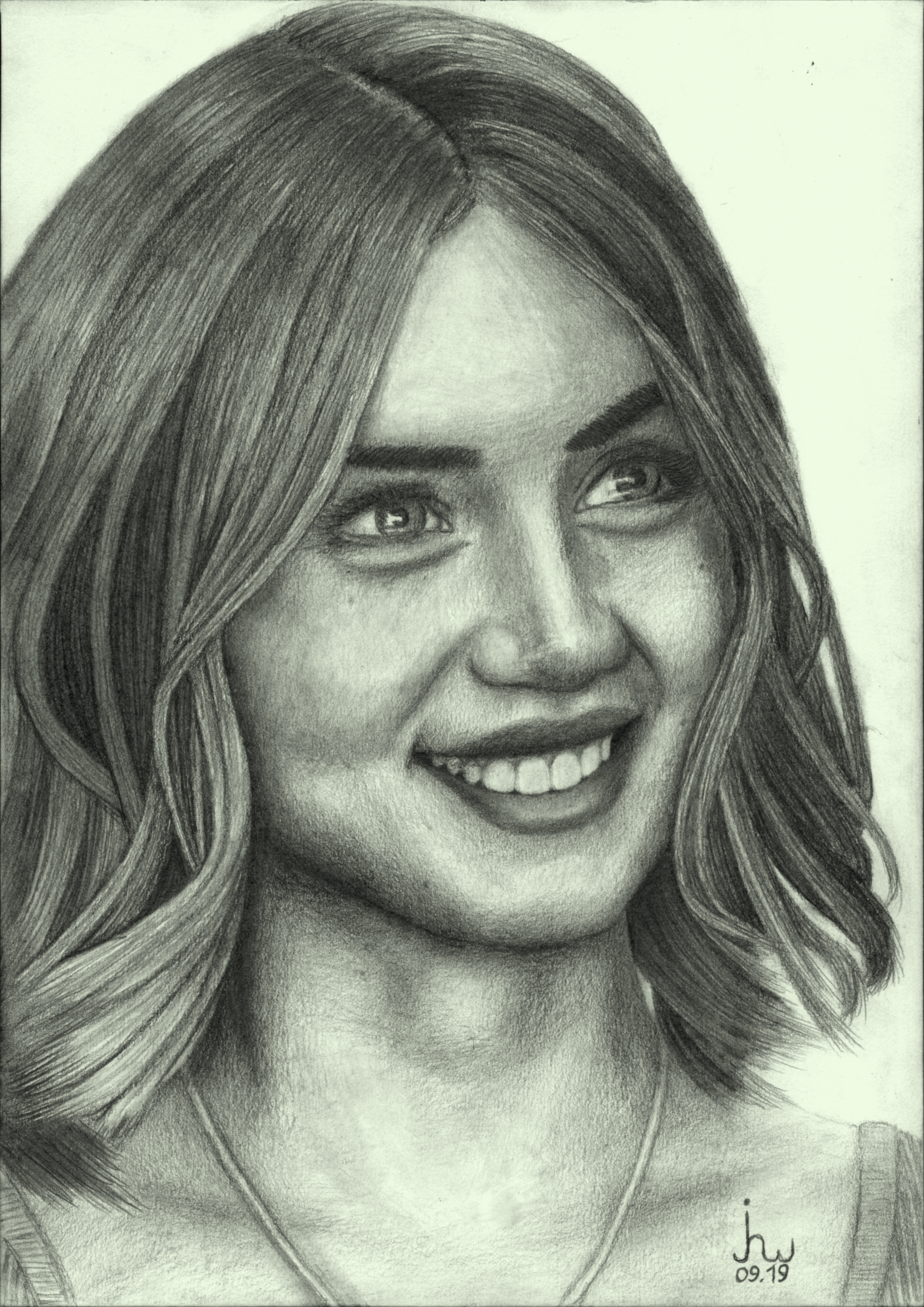

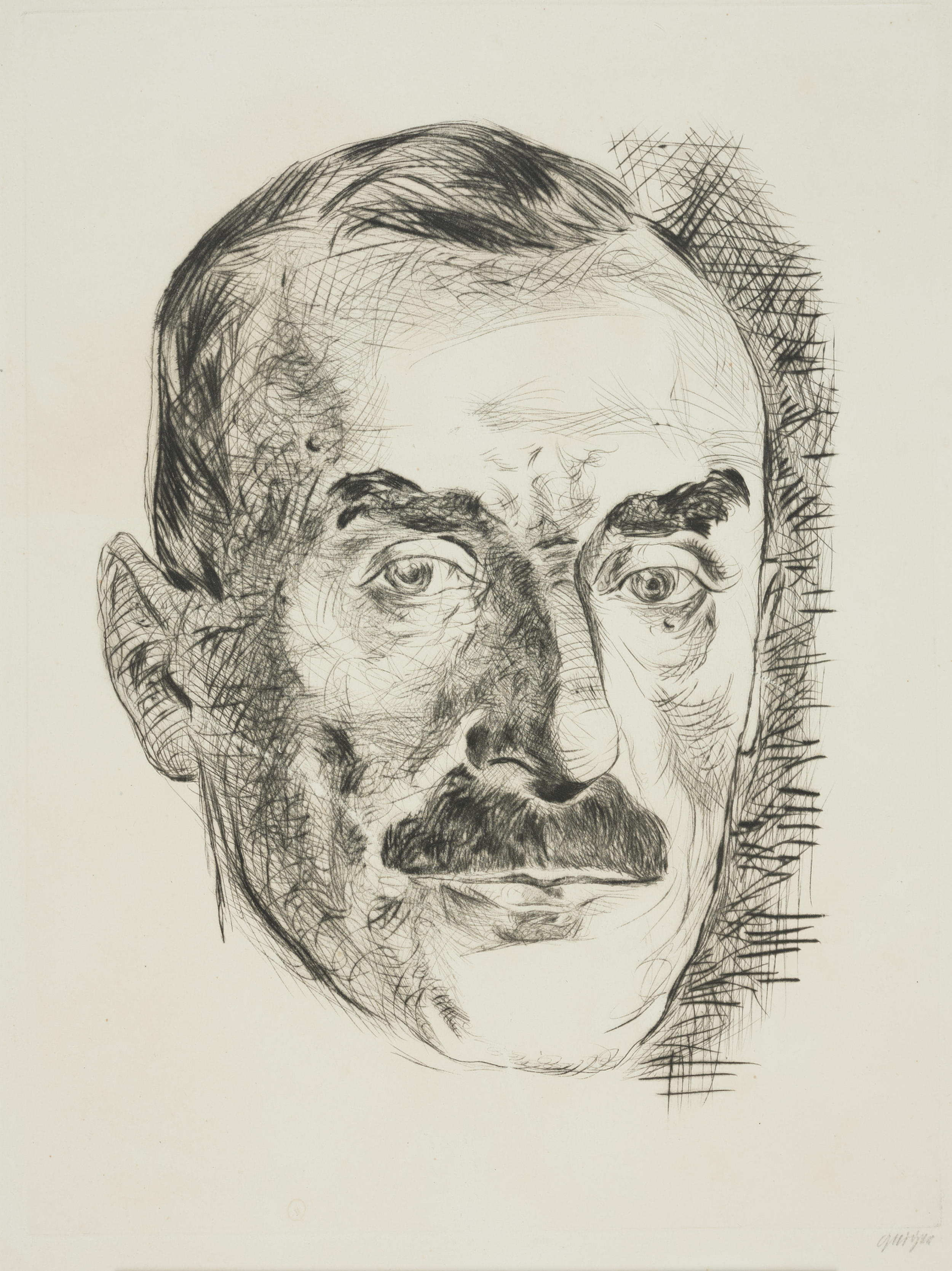
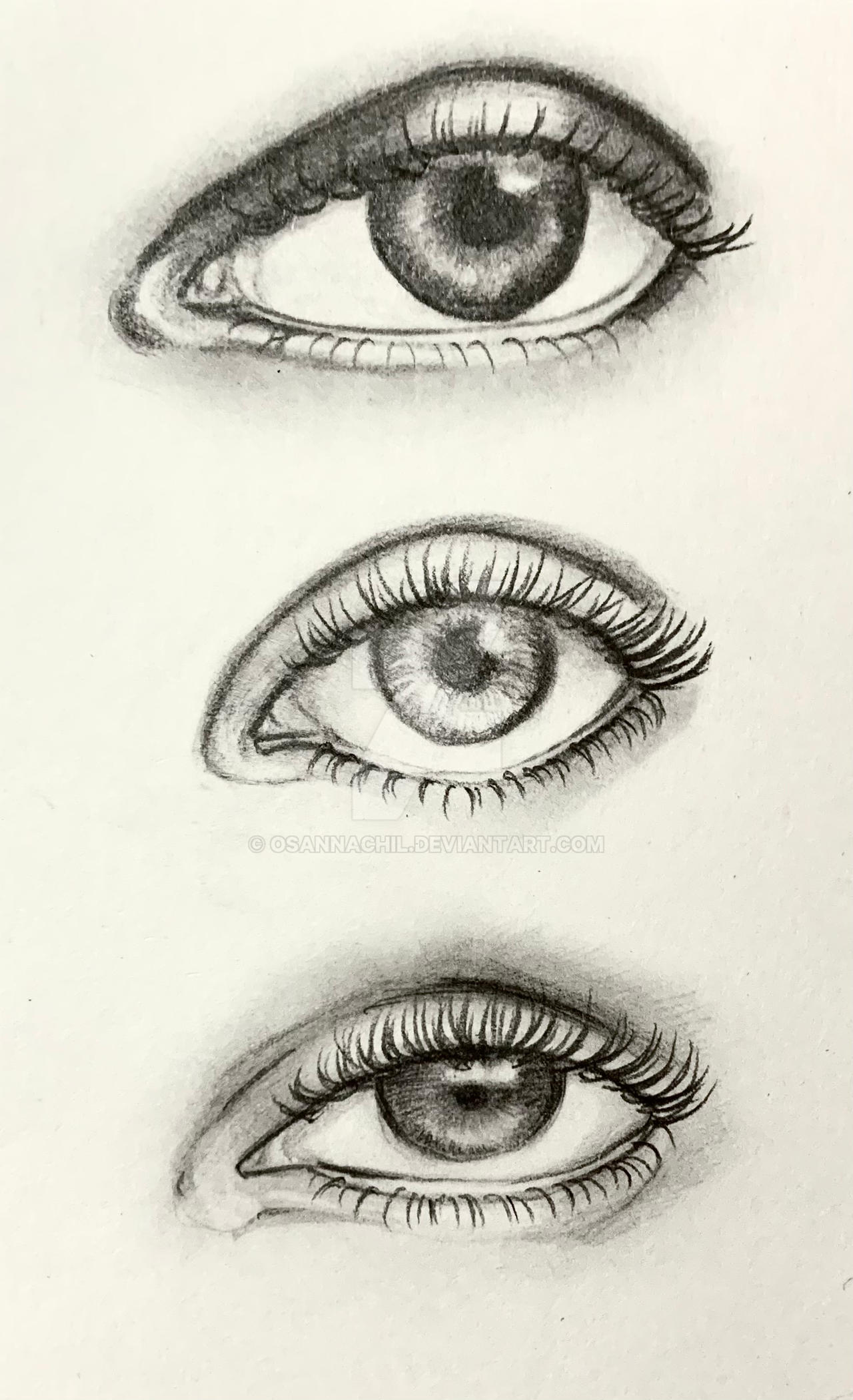
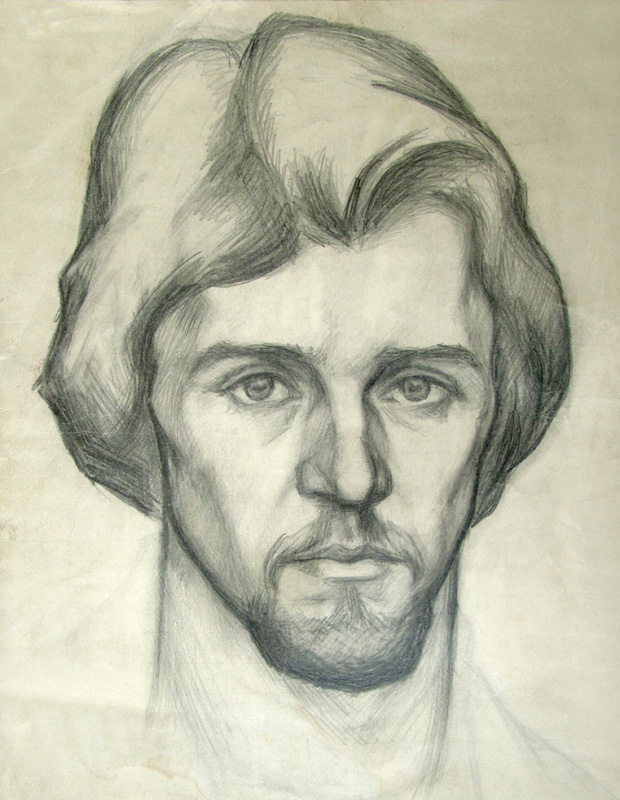
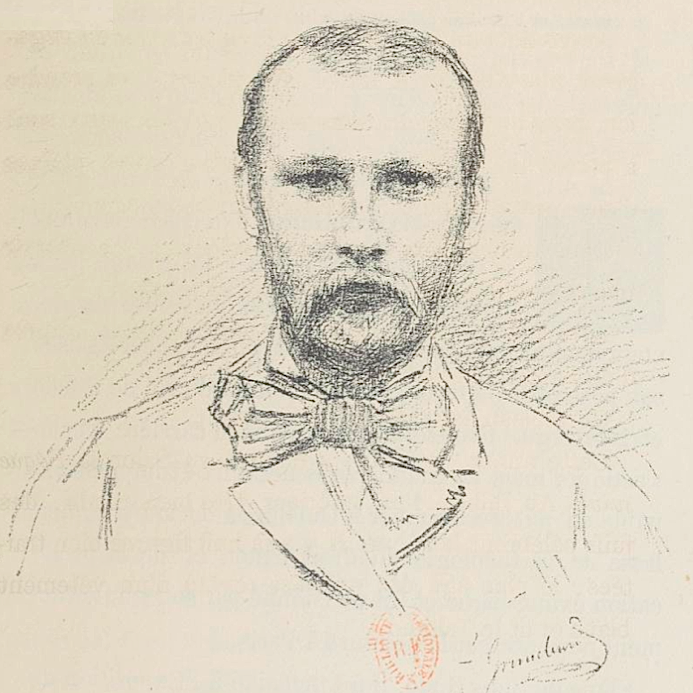
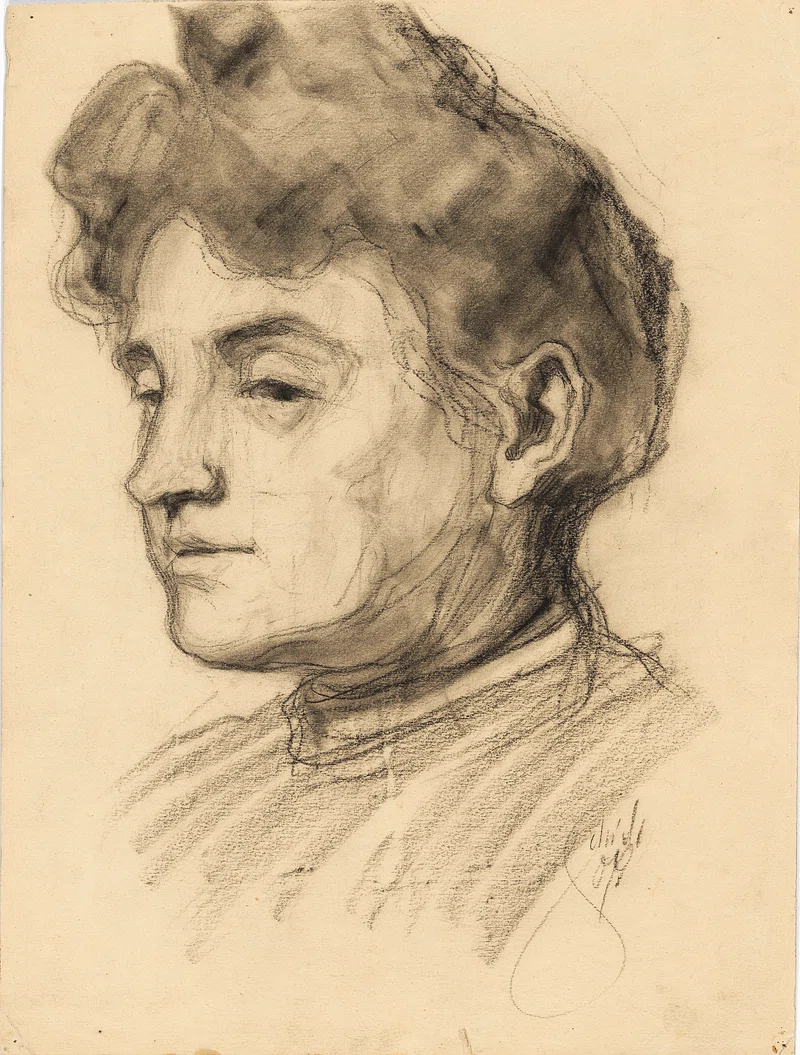
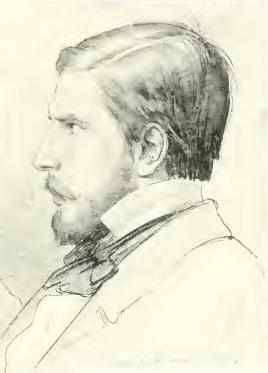



0 Comments